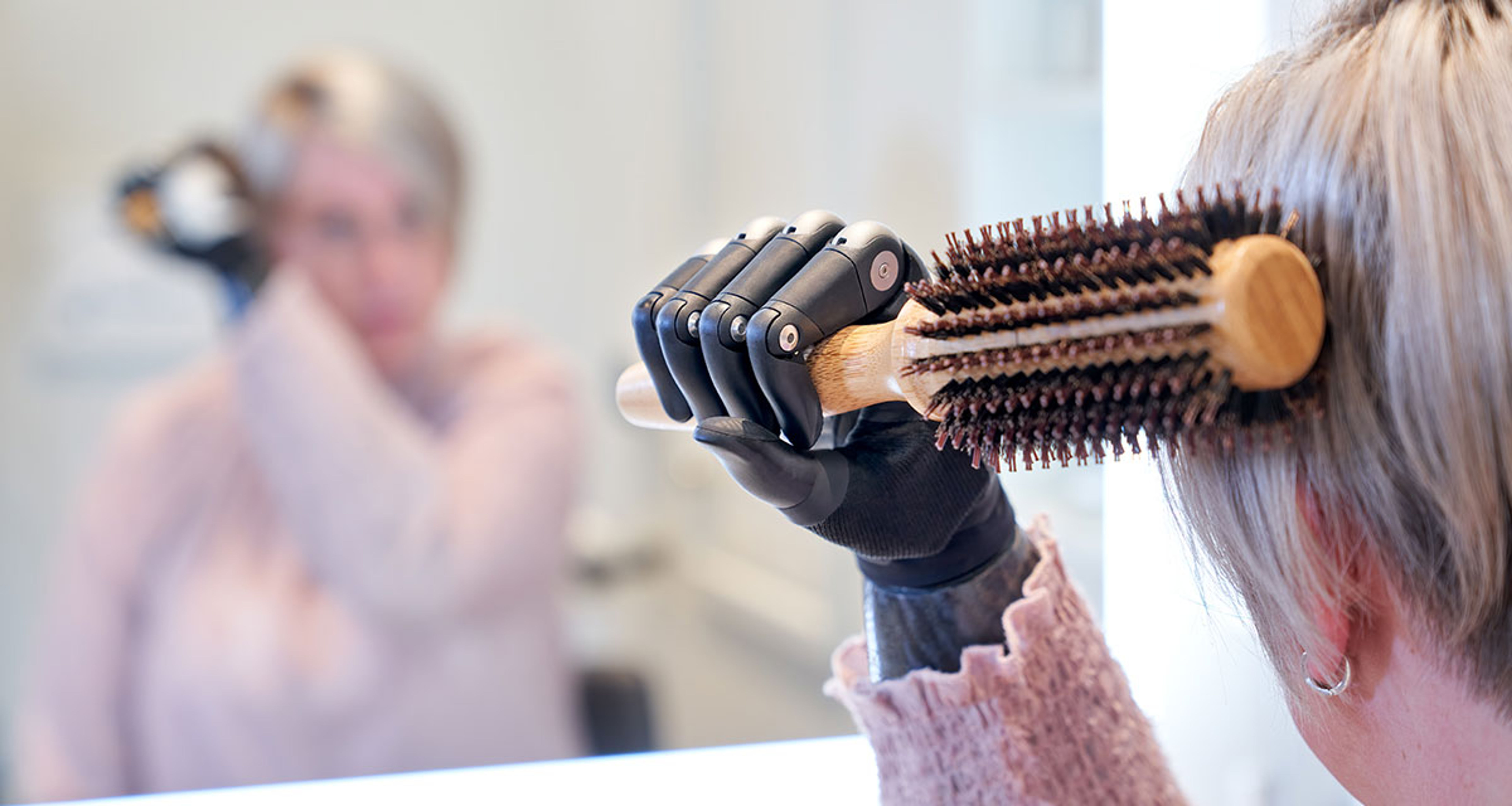
6/10/2024
What is phantom pain?
Phantom pain can be described as a sensation of shooting, stabbing, throbbing, cramping, itching, or burning in a body part that has been amputated. The sensation originates from the brain, which either remembers the last sensory information of the limb or creates a fictitious response as if the limb were still there. Despite there being no limb, phantom pain is not imaginary, it is the brain’s response to traumatic limb loss.
According to our in-house Clinical Technologist Niklas Immink, most patients who have suffered a traumatic accident - like a car accident – which resulted in limb loss, will experience phantom pain. The causes are unclear, and it can be triggered by a variety of situations such as pressure or movement of the residual limb, emotional stress, and even changes in temperature.
Our TASKA Champion Korrin Barrett mentioned that following her amputation, she didn’t feel pain initially, but it felt like she still could feel her limbs. “It was like my limbs were still there and I could still move my fingers, my hand.” This is called phantom sensation, which is also a sensory information originated in the brain.
After a while, Korrin started to feel phantom pain and, unfortunately, she still feels it. “It feels like my hand is stuck inside my residual limb and frozen in place. I can't move my fingers or hand, and it can be excruciating at times. I have episodes of pain/discomfort a few times a day. Mostly when I think about it or I'm relaxing.”

TASKA Champion Adrian Ware also experienced phantom pain, “it felt like sharp, shooting pains and at times a burning or tingling sensation in the area where my limb used to be. It was quite intense initially and sometimes felt as if my missing limb was still there but in pain.” For Adrian, the pain was more intense for the first 6-8 months following the amputation and over time, the frequency and intensity of the sensation decreased. “I still experience phantom sensations occasionally, but they are much less frequent and less intense compared to the period immediately following the amputation. But every now and then I will get a sharp pain, usually when I have been using the arm a lot.”
There are a few methods to manage phantom pain. One of them is mirror therapy, which involves using a mirror to create a reflective illusion of the affected limb to trick the brain into thinking movement has occurred without pain, or to create positive visual feedback of a limb movement. Another method is using a shrinker or compression stocking. For Korrin, mind focus, keeping her limb warm, and keeping herself busy are methods that help alleviate the pain. For Adrian, medication, physical therapy, and staying active and engaged in various activities helped manage the pain.
It is essential to let your doctor or health care professional know if you are experiencing phantom pain, as they will help you identify the pain trigger and offer you appropriate treatment and/or techniques to alleviate the sensation.

Stay in touch.
Join our mailing list to be the first to find out about product updates, handy tips and more.
SubscribeYou can unsubscribe from our newsletter at any time. We do not sell or distribute your email address to any third party. Please view our Privacy Policy.